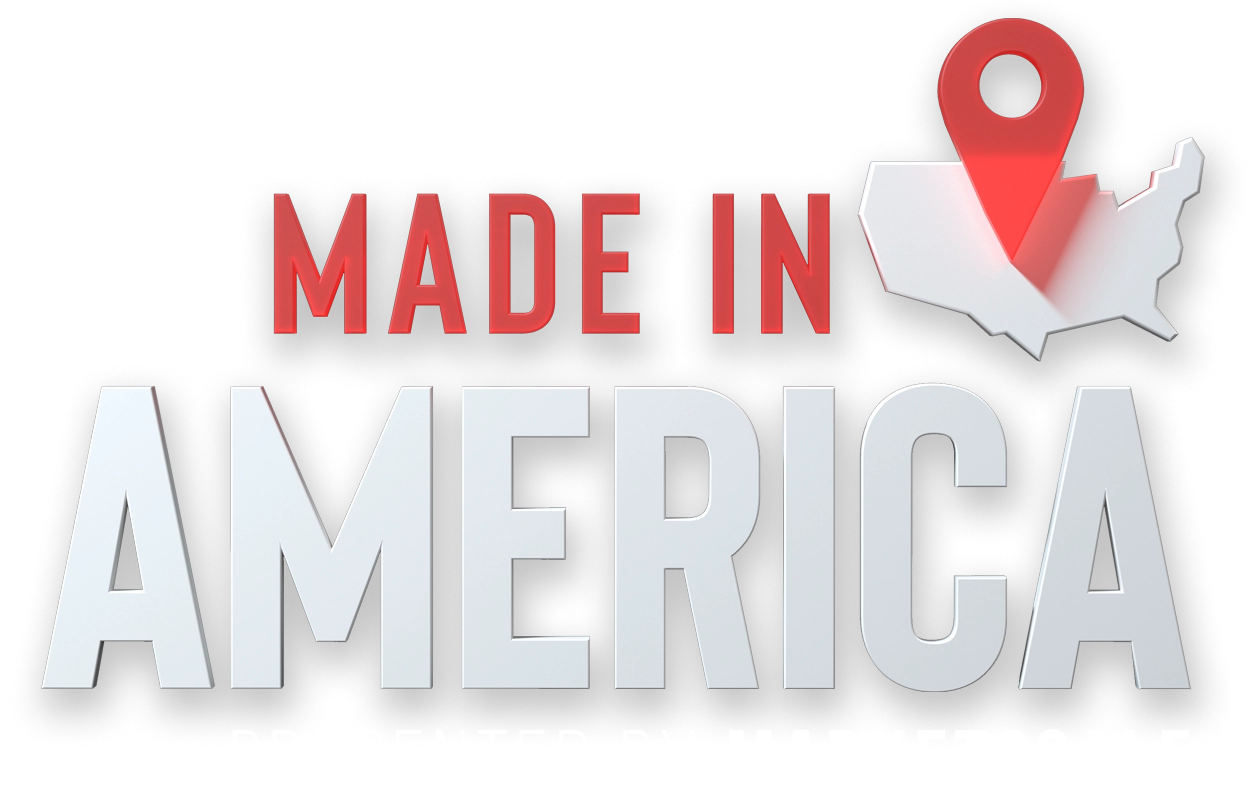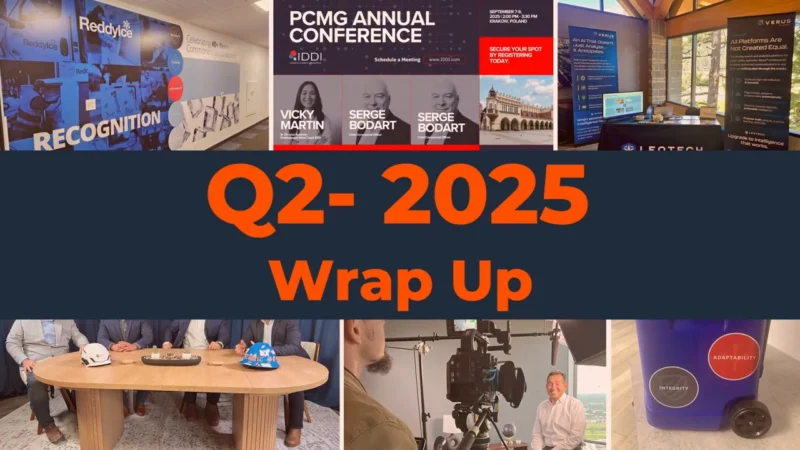Will Manufacturing “Reshore” To Fix Supply Chain Bottlenecks?
Key Points:
- Many companies have evaluated moving out of China due to rising labor costs over the past ten years.
- The supply chain structure in certain sectors of production, like for semiconductors, makes it very difficult to move production.
- Aaron Alpeter believes manufacturing will come back to America in a big way over the next several years.
Commentary:
This week, we have a brand new episode of MarketScale’s Made in America coming your way! We will be taking a look at how our country’s infrastructure is lagging and how one manufacturer is setting its sights on how it can help bring our nation’s backbone back to life. To prepare for the episode, we wanted to get a better picture of the state of American manufacturing, asking a manufacturing and supply chain expert if we will see a “reshoring” of production capacity as an answer to recent global supply challenges. The Founder & Principal at supply chain design company Izba, Aaron Alpeter, weighs in.
Abridged Thoughts:
You’re starting to see some people move to Vietnam out of China in order to do that (avoid higher wages). But then you’re also seeing that with volatility in shipping even before the pandemic, that in some cases, it makes sense to just be closer to your consumers. There are several large connected fitness companies that were producing in Asia, and were taking advantage of lower-cost pricing, but as they had spikes during the pandemic, realized that they needed to be closer to their customer which was in the United States in most cases. And so the companies that had manufacturing facilities in North America, even if they were paying slightly more or in many cases about the same, faired weather because they had higher reactivity. And so the thought of: “Is reshoring going to happen?” Yes, it’s going to happen. But we need to recognize that it’s not going to be all products everywhere. There are some jobs that simply aren’t going to come back, and there’s a few reasons for that. The first one is that if you look at something like producing cell phones or producing computers, it’s not just the actual assembly that is important, but it’s all of the other subcomponents and subassemblies that are produced as well. Malaysia is a massive semiconductor assembly country. Most of the substrates for semiconductors are produced in Taiwan. These are really difficult supply chains to move, and it will take a very long time and billions of dollars to relocate those.
Coming Up On Made in America:
On this episode of Made in America, we’ll talk to one manufacturer helping fuel a new era of infrastructure in the United States, powering the technology that will replace the country’s deteriorating metal pipes with thermoplastic piping.
McElroy Manufacturing has been serving our country and its critical infrastructure community since 1954, including introducing the first self-propelled, tracked plastic pipe fusion machine in the world in 1997. Since, the company has continued to grow into a global leader in fintube and plastic pipe fusion, building on a history of innovation and hard work.
Register to watch the new episode here.




